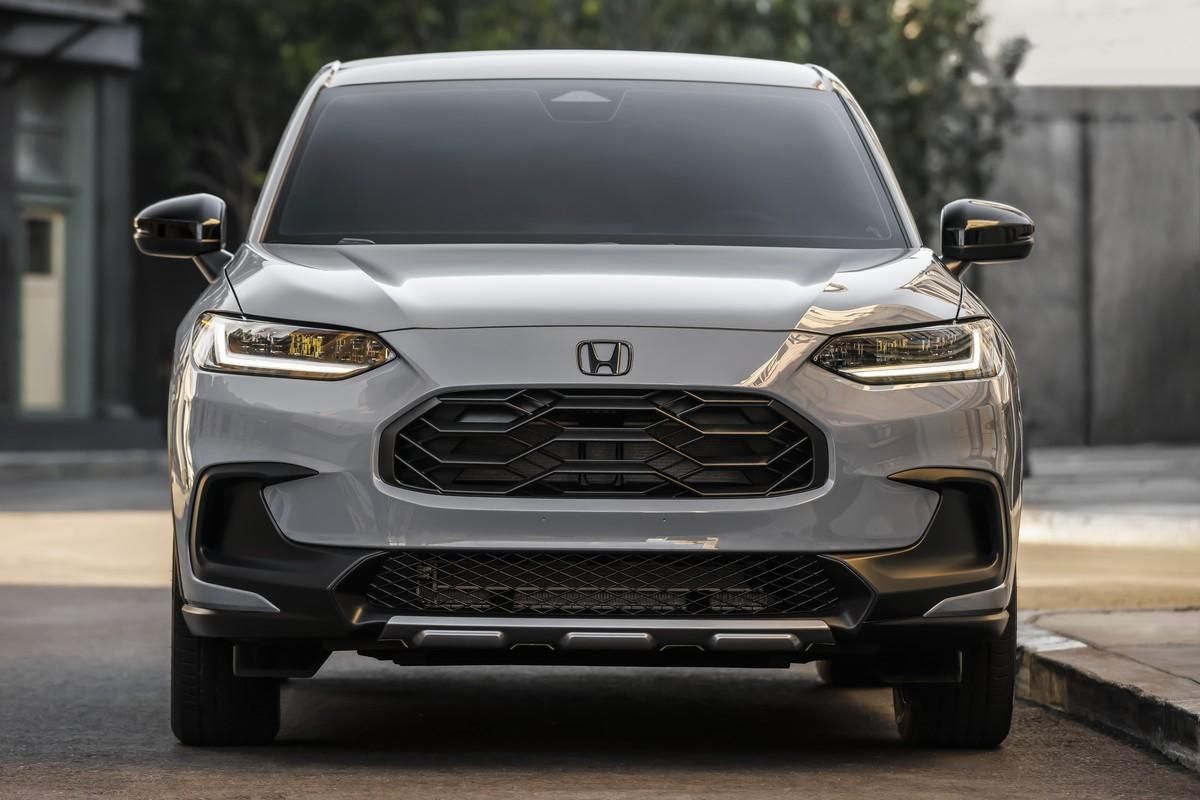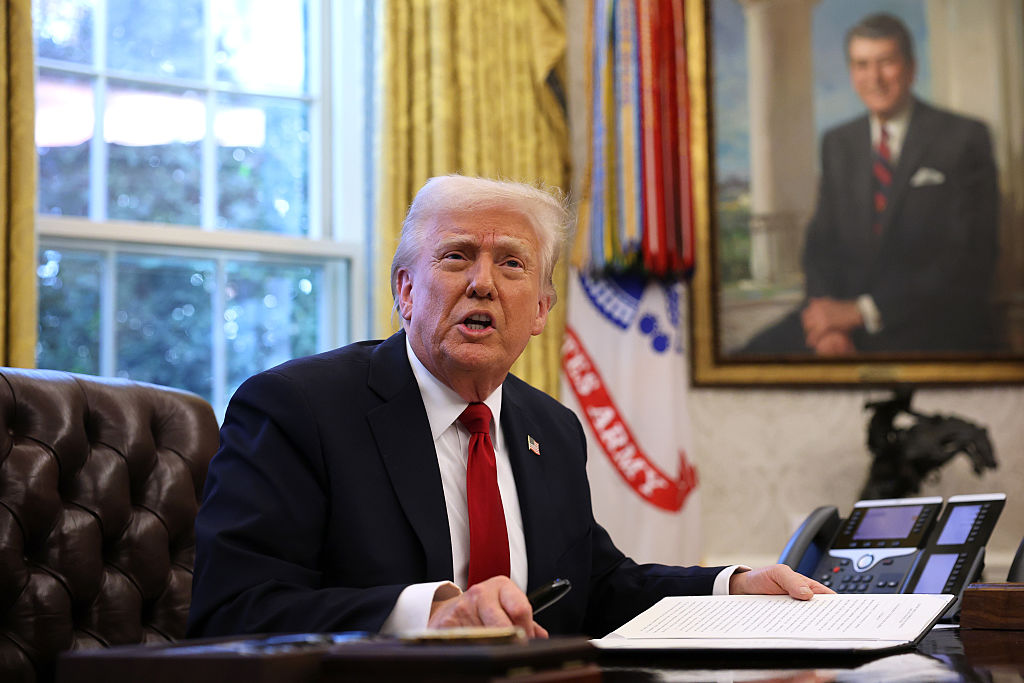Automakers Shift Gears After Trump Tariffs

The United States auto market is facing significant upheaval following the implementation of tariffs on imported vehicles by President Donald Trump. These tariffs, set at 25 percent, apply to all cars not manufactured within the United States, impacting both automakers and consumers alike. The move has prompted a range of reactions from industry players, including production adjustments, price hikes, and strategic shifts in manufacturing locations.
Bank of America estimates that approximately 7.3 million vehicles, representing eight percent of global auto sales, will be affected by the tariffs. Automakers have voiced concerns about the potential ramifications. Ford CEO Jim Farley, in February, warned of the “cost and chaos” that these tariffs could unleash. Additionally, similar tariffs are slated to be introduced on car parts, further complicating the landscape.
One of the primary concerns revolves around the impact on vehicle prices. Volkswagen has already signaled its intention to impose an “import fee” on vehicles shipped to the U.S. from Europe and Mexico, according to Automotive News. Bank of America analysts predict that U.S. vehicle prices could surge by around $10,000 if manufacturers fully pass on the tariff costs while maintaining profit margins. However, they anticipate that consumers will not absorb the full price increase, suggesting that carmakers may opt to sell vehicles at breakeven until production can be rebalanced. The estimated price hike for consumers is projected to be around $4,500.
In anticipation of the tariffs, U.S. consumers reportedly rushed to dealerships to purchase vehicles, particularly mid-range imported models such as the Chevrolet Silverado and Toyota Rav4. Luxury manufacturers like Porsche may also face challenges in absorbing tariff costs on lower-end models like the Macan SUV, according to Cigdem Cerit, an auto industry expert at Fitch Ratings. Ferrari has already announced a price increase of up to 10 percent in the United States, its top market.
Ford, which manufactures a significant portion of its vehicles in the U.S., has launched an advertising campaign emphasizing its American roots with the tagline “From America, For America.”
U.S. automakers, including Ford, GM, and Stellantis, have urged the Trump administration to ease the tariffs, citing the established supply chains and factories in Canada and Mexico that have benefited from decades of free trade arrangements with the United States. The USMCA, the free trade agreement between the three countries, now applies only to U.S.-made parts. Stellantis has announced production pauses at some plants in Canada and Mexico, including its Chrysler plant in Windsor, which will halt production for two weeks. Nissan plans to discontinue selling the QX50 SUV and QX55 crossover coupe SUV in the U.S., both of which are manufactured in its Mexican factory in Aguascalientes.
President Trump has stated that the tariffs aim to incentivize manufacturing jobs to return to the United States. However, the effectiveness of this strategy remains uncertain. Deloitte auto analyst Guillaume Crunelle suggests that carmakers will need to evaluate whether it is more competitive to manufacture in the U.S., even with a potentially weaker market, or to pay the customs duties.
Despite the uncertainty, some automakers are moving to expand or re-establish their manufacturing presence in the U.S. Hyundai and Stellantis are planning to open or reopen factories, and Nissan has decided to maintain production of its Rogue SUV in Tennessee to avoid tariffs. Volvo has also indicated that it will increase production at its factory in South Carolina and consider producing a new model there. However, these changes can be time-consuming, potentially taking several years to establish new production lines.
Carmakers will also need to ensure that their suppliers, many of whom have been weakened by the transition to electric vehicles, can adapt to the changes. Bank of America estimates that an additional million vehicles could be produced in the U.S., in addition to the 10.6 million assembled last year, but recruiting sufficient workers could pose a challenge.








